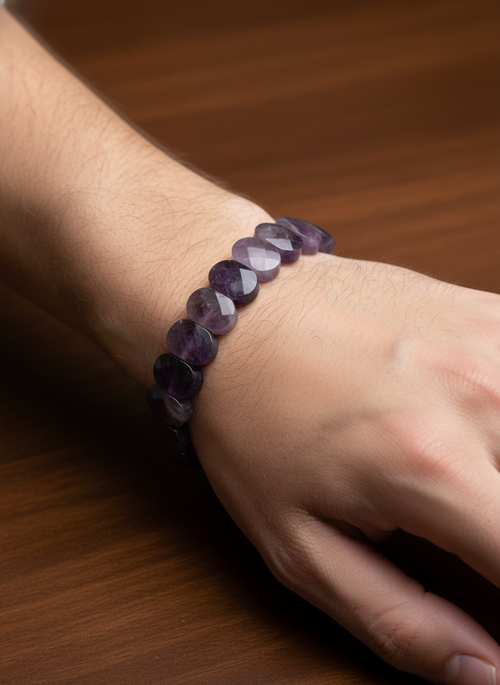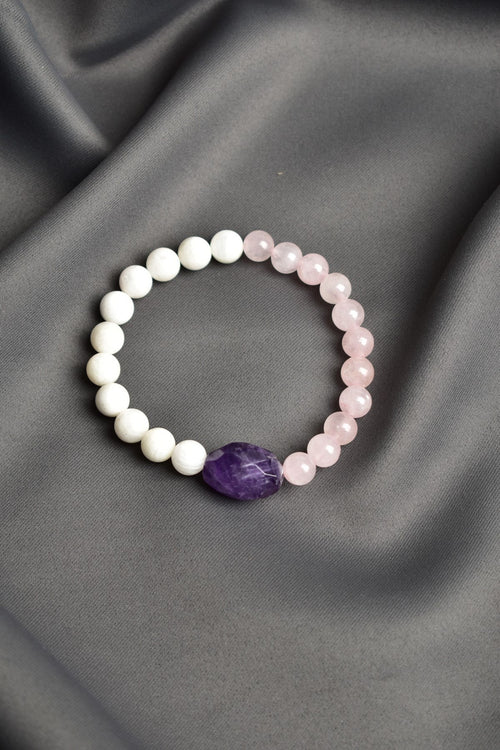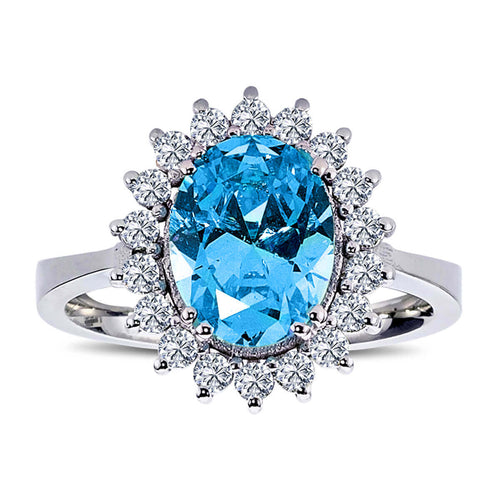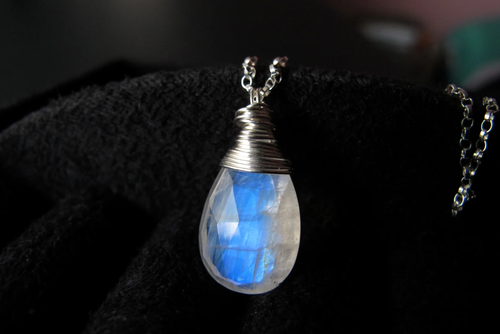ALL PRODUCTS IGSL INTERNATIONAL CERTIFIED
Fossil stones are the petrified remains of organisms that lived millions of years ago. These stones are rare and valuable pieces that bear traces of prehistoric life. In order to distinguish a real fossil stone from a fake one, it is necessary to pay attention to some important clues. Here is a guide on how to recognize a fossil stone:
1. Examine the Structural Properties of the Stone
Fossil rocks often contain the remains of ancient life forms, leaving the organisms' shapes, patterns, and textures on the surface of the rock.
- Shape and Texture: You should see a distinct pattern or structure on the surface of the fossil rock. Fossil remains often include seashells, plant leaves, fish skeletons, or traces of other organisms. These patterns are usually natural and irregular.
- Layers: Most fossil rocks are preserved in layers of sediment that accumulate over time. These layers are one of the clues to whether a rock is a fossil rock.
2. Assess Weight and Density
Fossil rocks can often be dense and heavy, because organic material can be denser than a normal rock as it turns into minerals and stone.
- Density: Real fossil rocks usually feel heavy when picked up. However, this can vary depending on the type of fossil and mineral content within the rock.
3. Look at the Color and Structure of the Stone
The colors of fossil stones are formed by the penetration of minerals into the stone during the fossilization process. These colors can usually be in shades of brown, gray, black or beige.
- Colour Changes: The incorporation of minerals into the stone during the fossilisation process can cause natural colour changes. There should be a natural, multi-toned range of colours rather than a uniform, artificial colour.
4. Examine with a Microscope
One of the most reliable methods of examining real fossil stones is to use a microscope. Under the microscope, you can see the internal structure of the stone and the fossil remains in detail.
- Microscopic Structures: Under the microscope, there should be visible organic remains, cell structures or other microscopic traces in the internal structure of the fossil stone.
5. Get Professional Help
The most reliable way to determine the authenticity of fossil stones is to seek professional help from a gemologist or paleontologist. Experts can perform various tests to determine the authenticity of the stone.
- Laboratory Tests: If necessary, you can have your fossil stone examined in a laboratory and have chemical analyses performed to determine for sure whether the stone is a real fossil.
6. Is the place you purchased from reliable?
The reliability of where you buy fossil stones is also important. Reliable sellers can provide certificates proving the authenticity of their products.
- Certificates: Ask the seller for a certificate stating the authenticity of your fossil stone. This document verifies whether the stone is a real fossil and provides information about the stone's origin.
7. Compare Price and Market Value
The price of fossil stones varies greatly depending on their type, rarity and quality. A fossil stone priced too low may be a sign that it is a fake.
- Market Value: Research the market value of fossil stones to determine a reasonable price range. Prices that are too low or too high may cast doubt on the authenticity of the stone.
Conclusion
Understanding fossil stones requires careful observation and knowledge. The structure of the fossil stone, its color, density, microscopic examinations and reliable sellers are important factors in distinguishing real fossil stones from fake ones. If you want to get a real fossil stone, be careful and if possible get help from experts. These steps will help you find the right fossil stone that will give you a real piece of the prehistoric world.



























